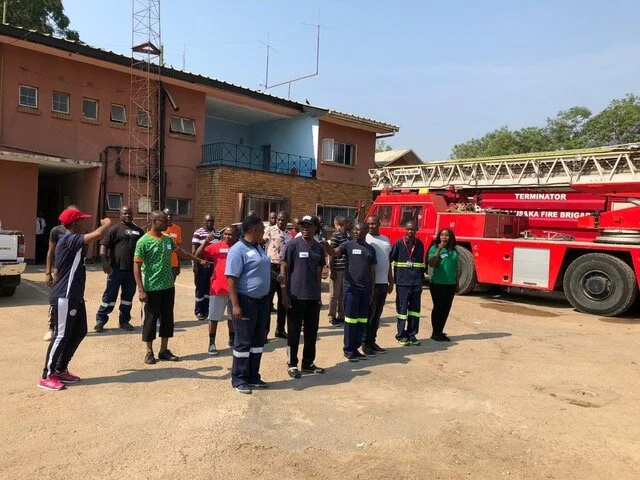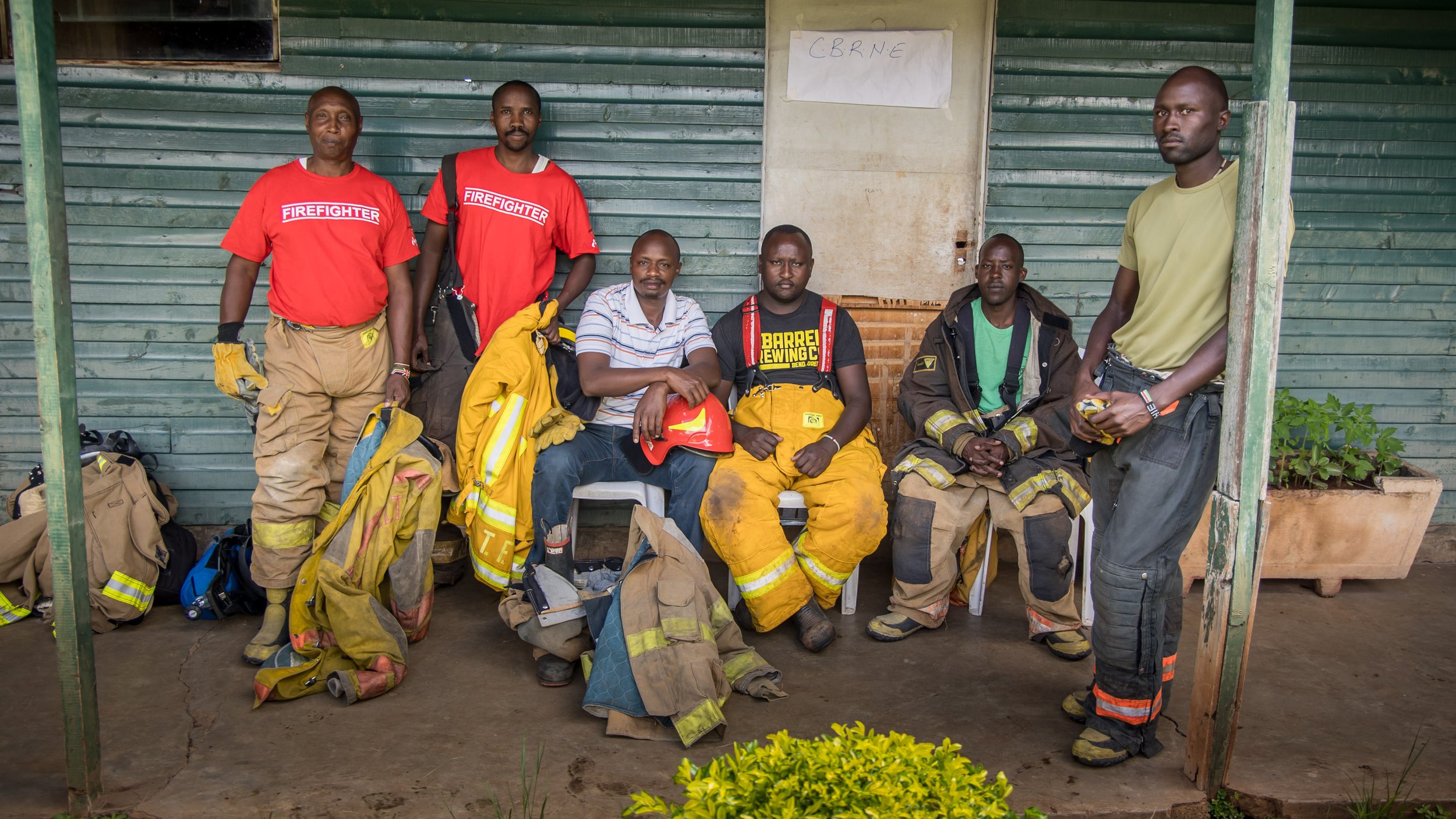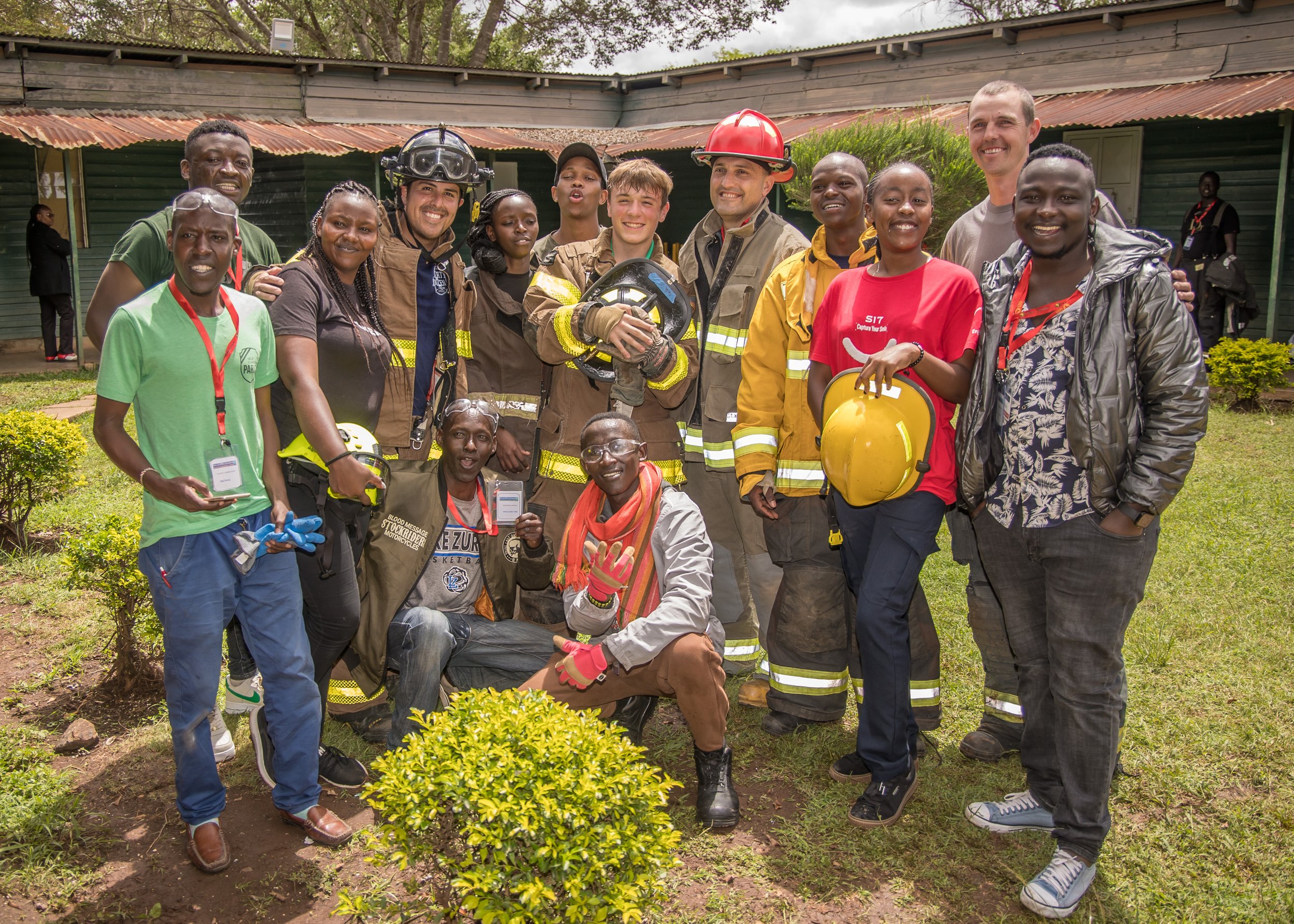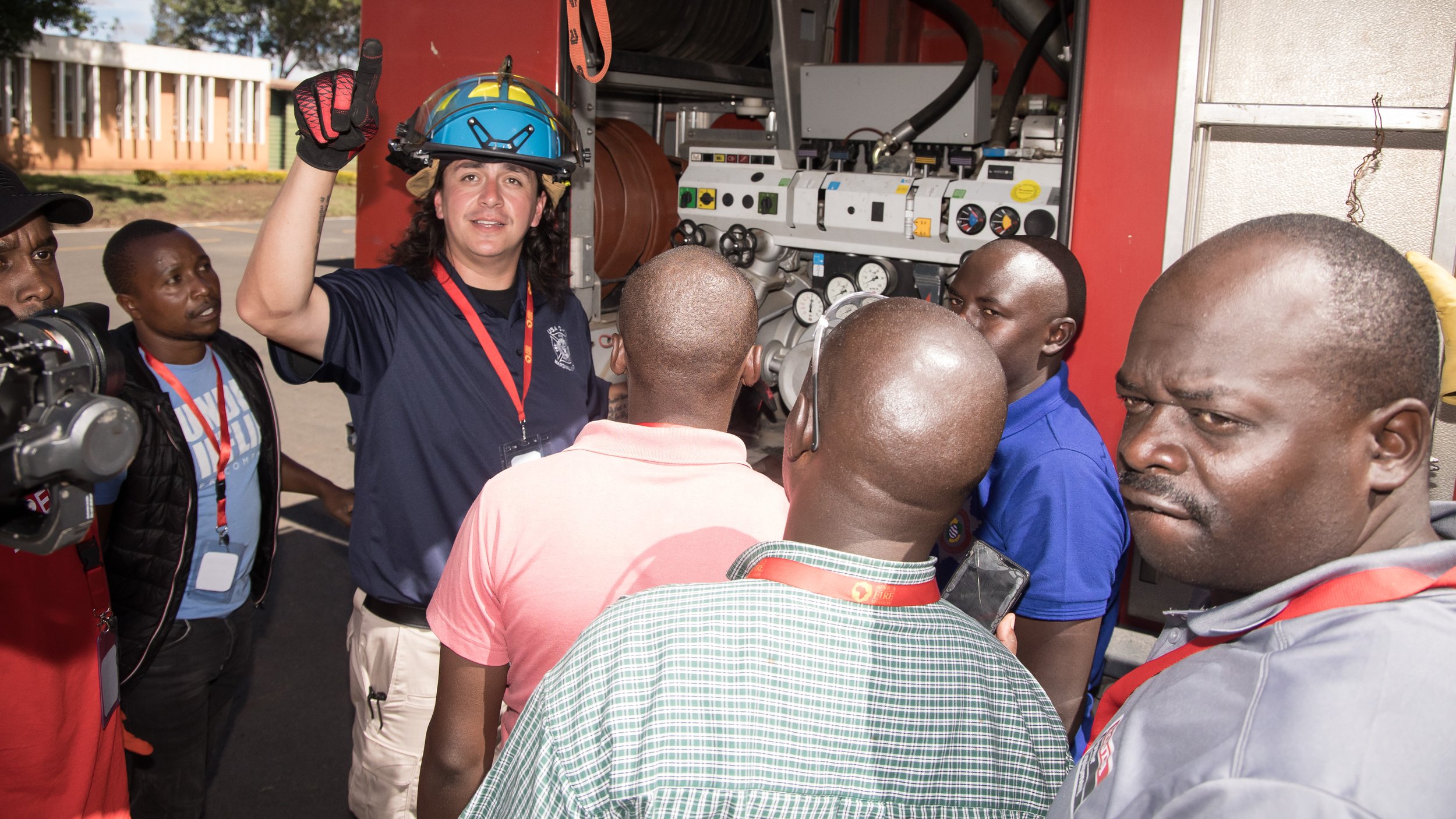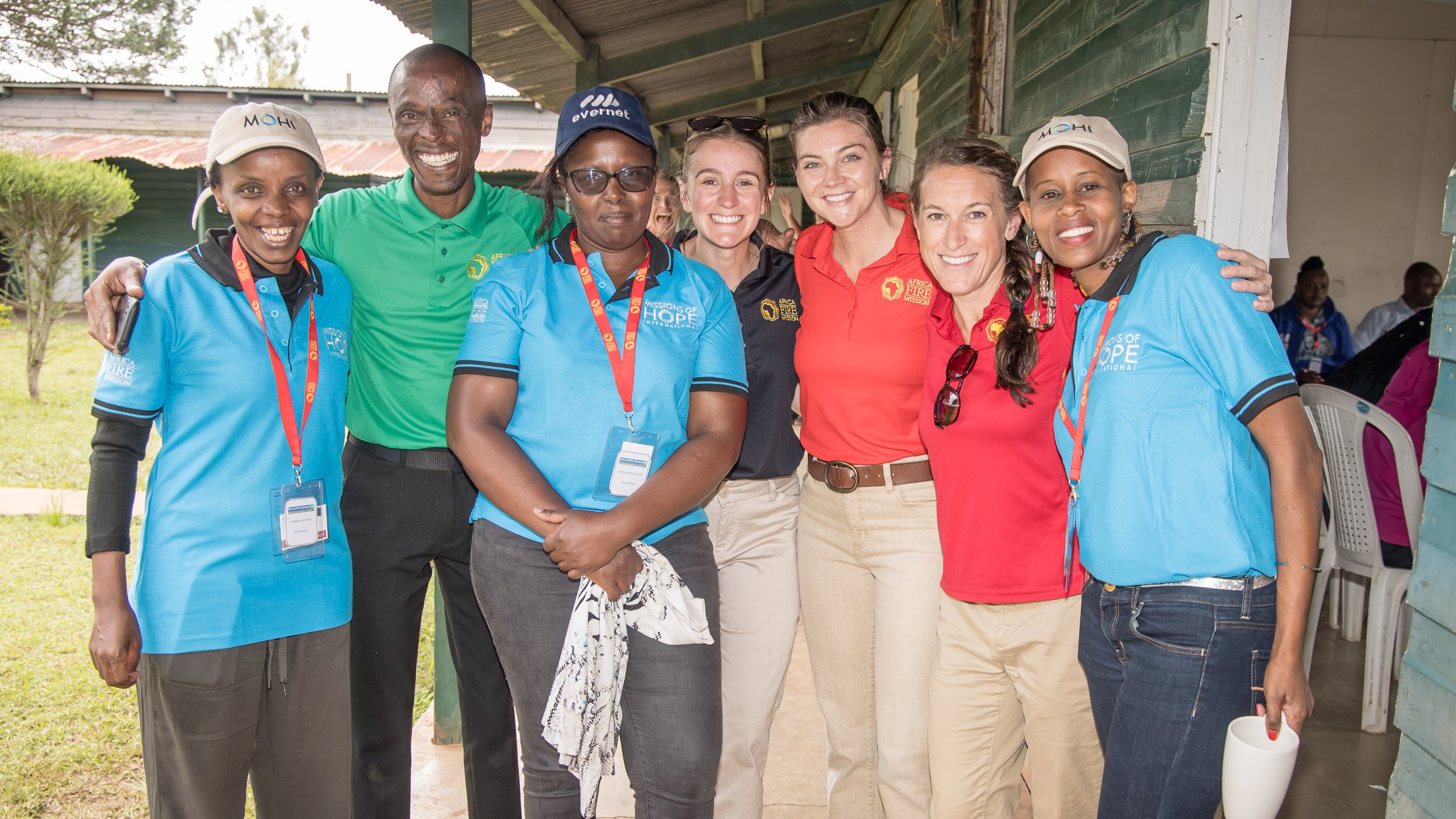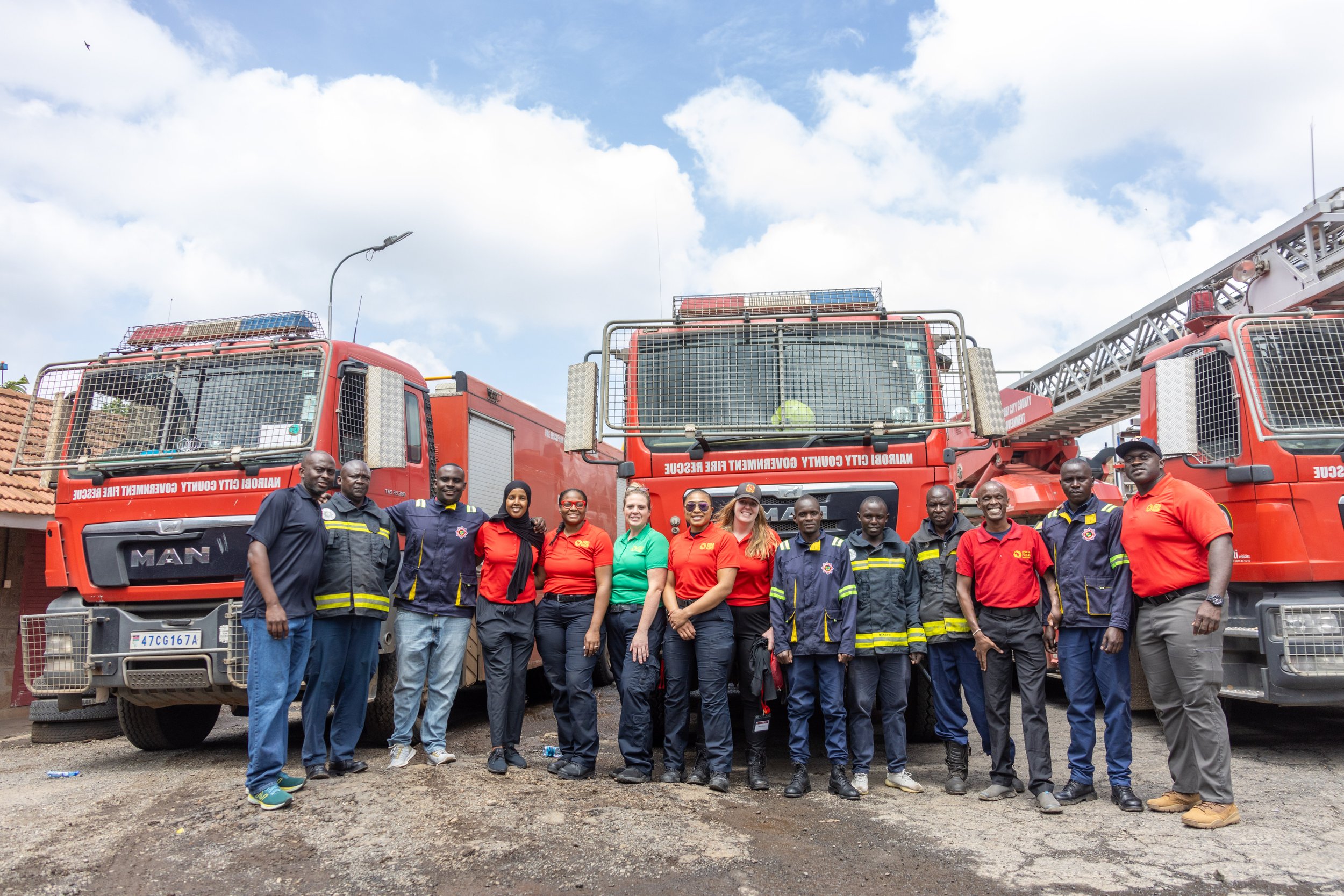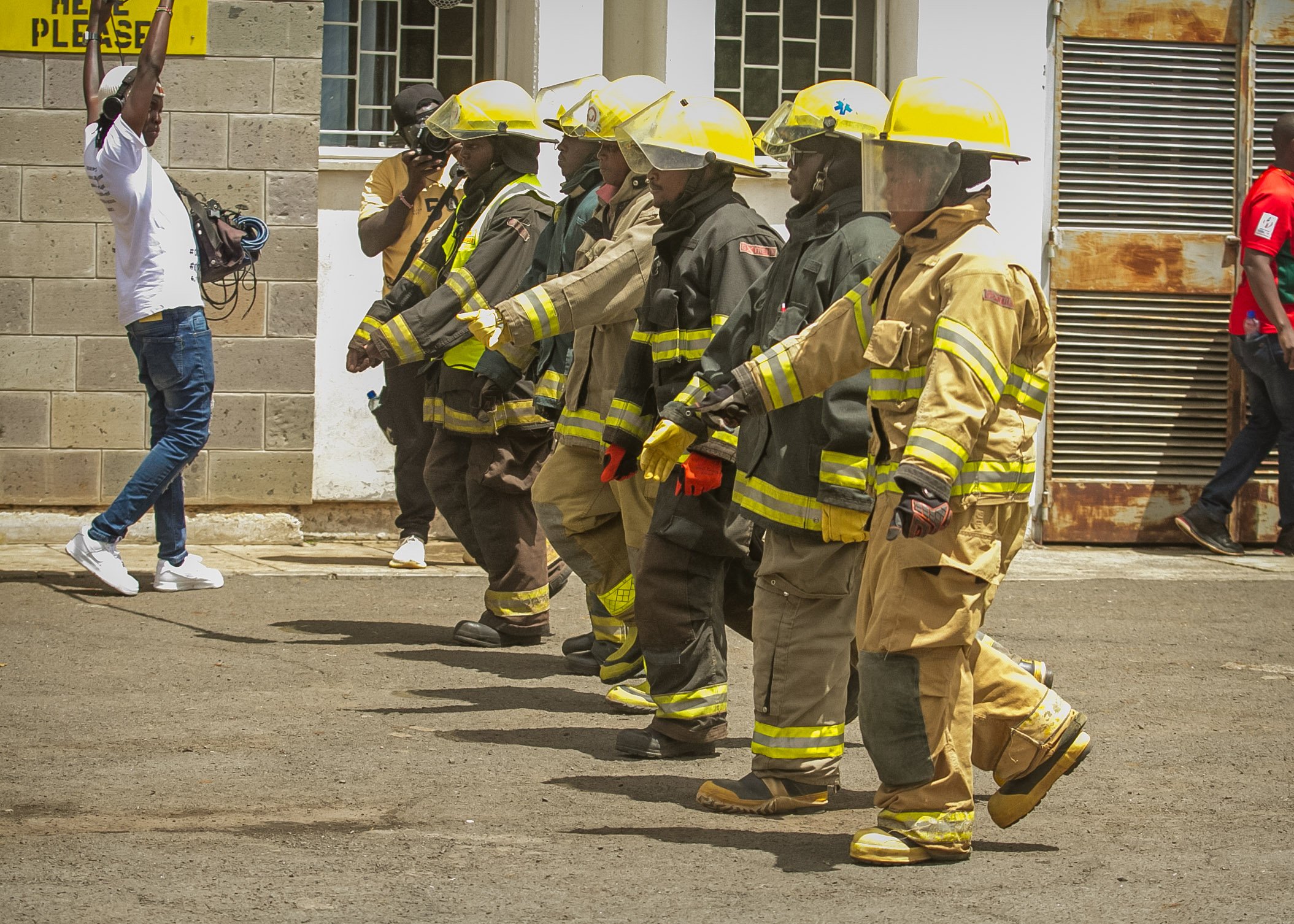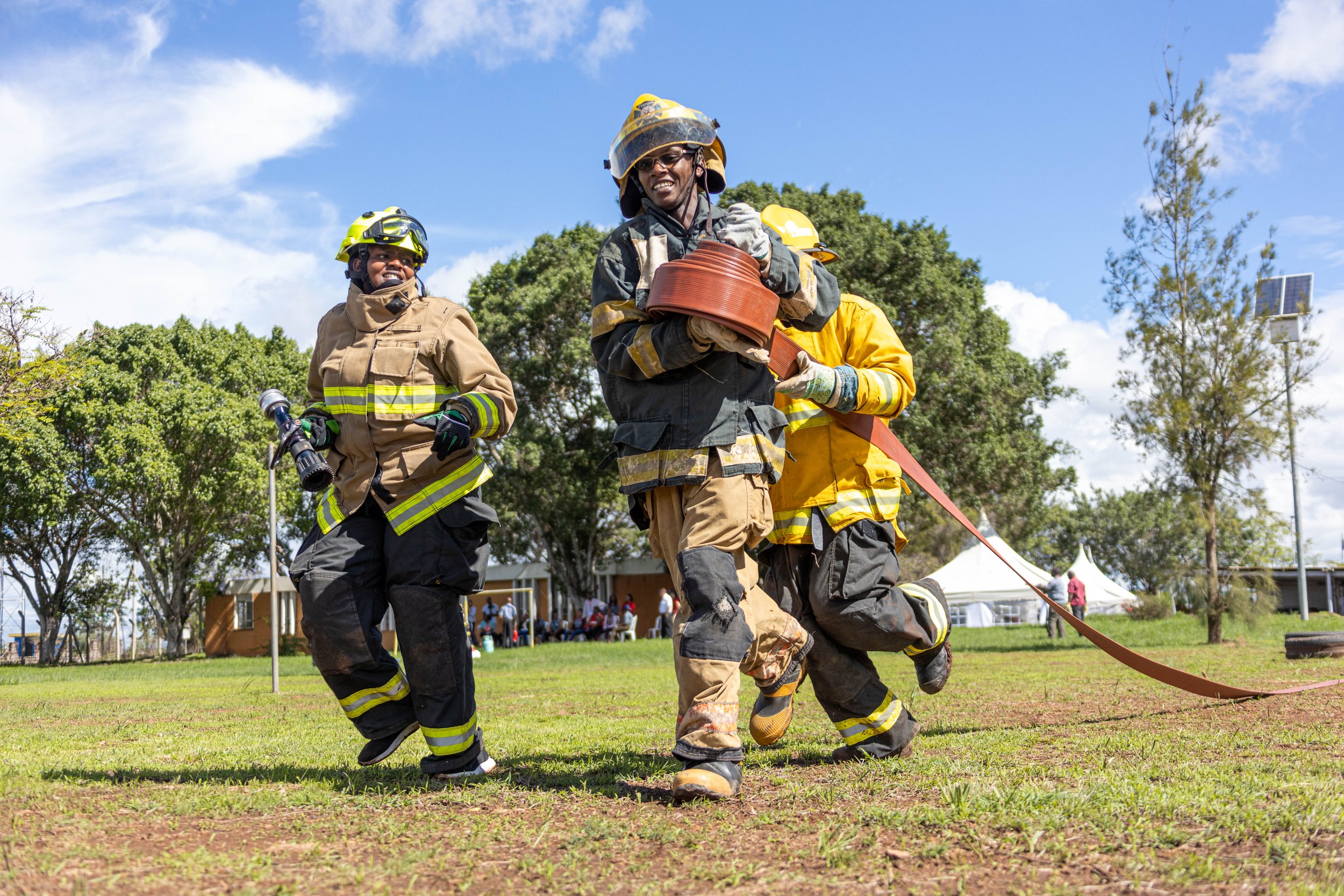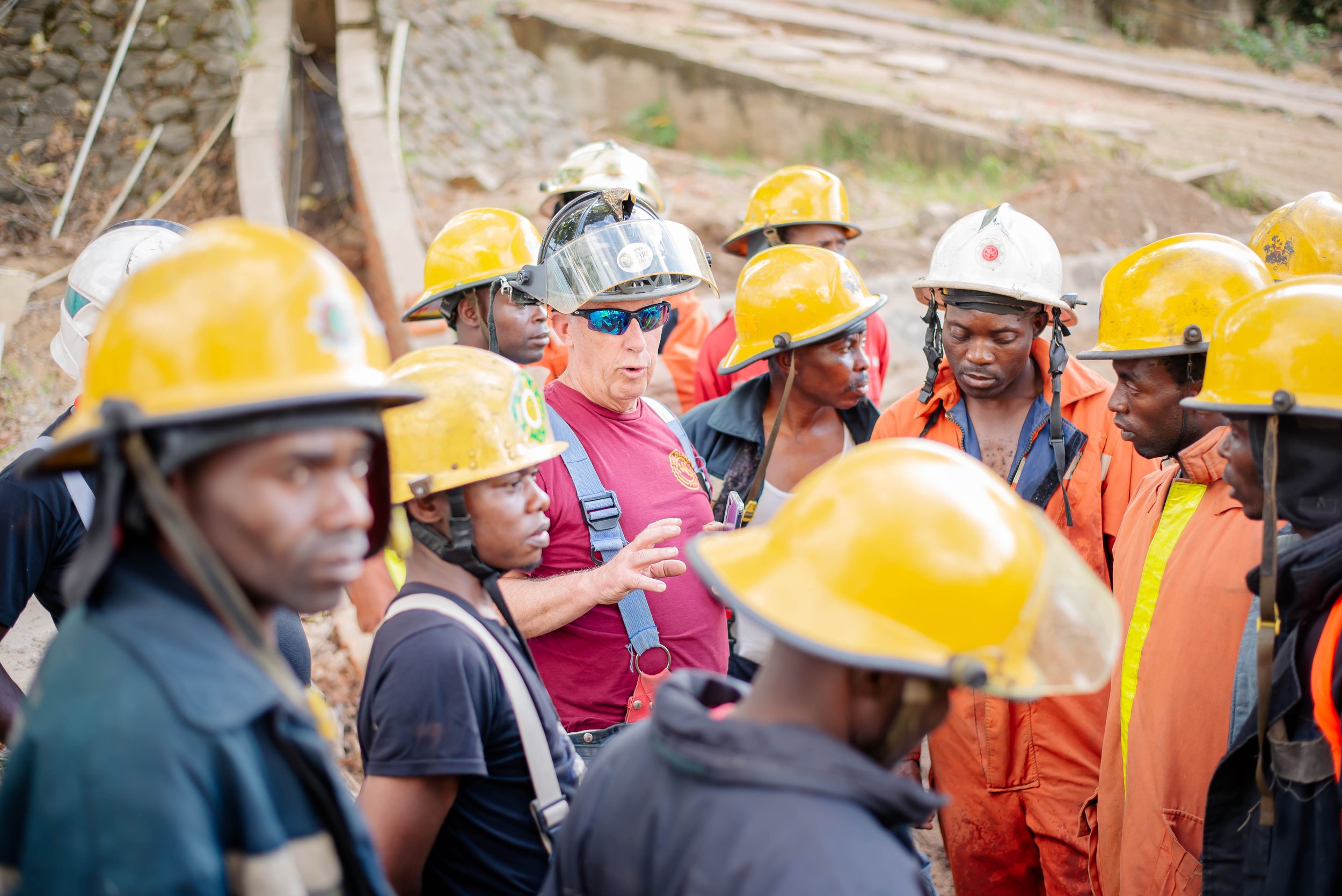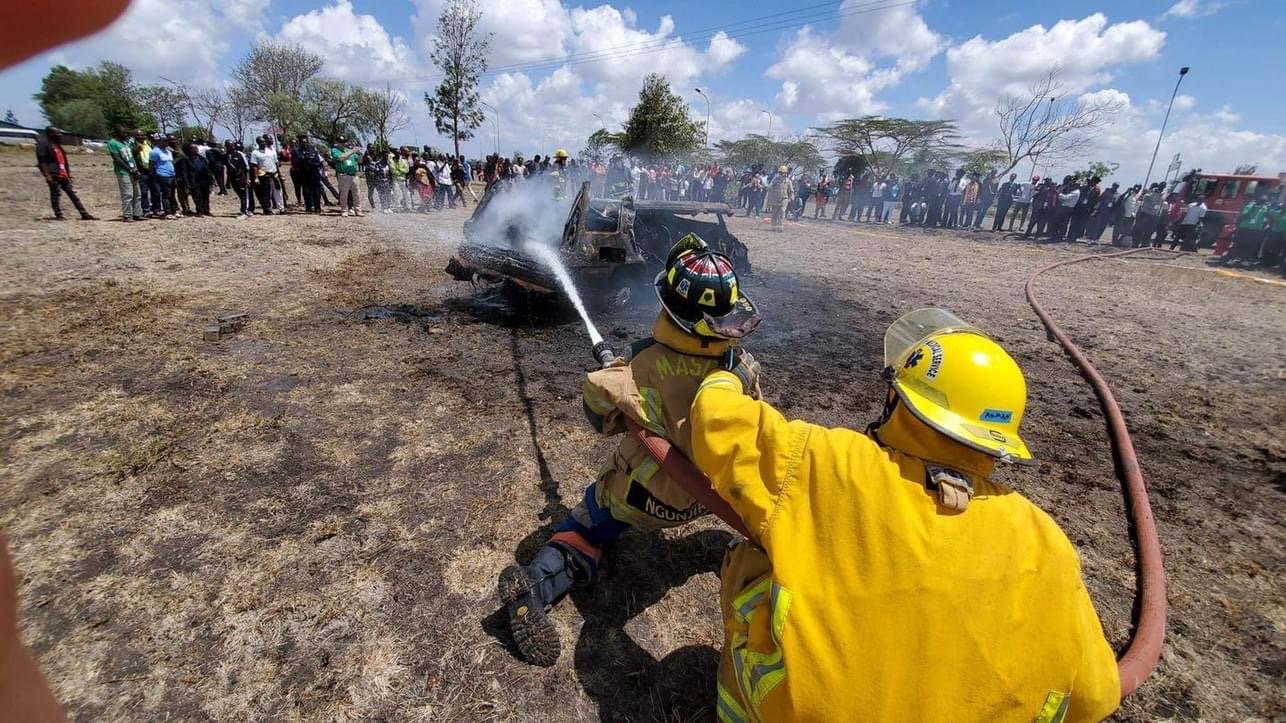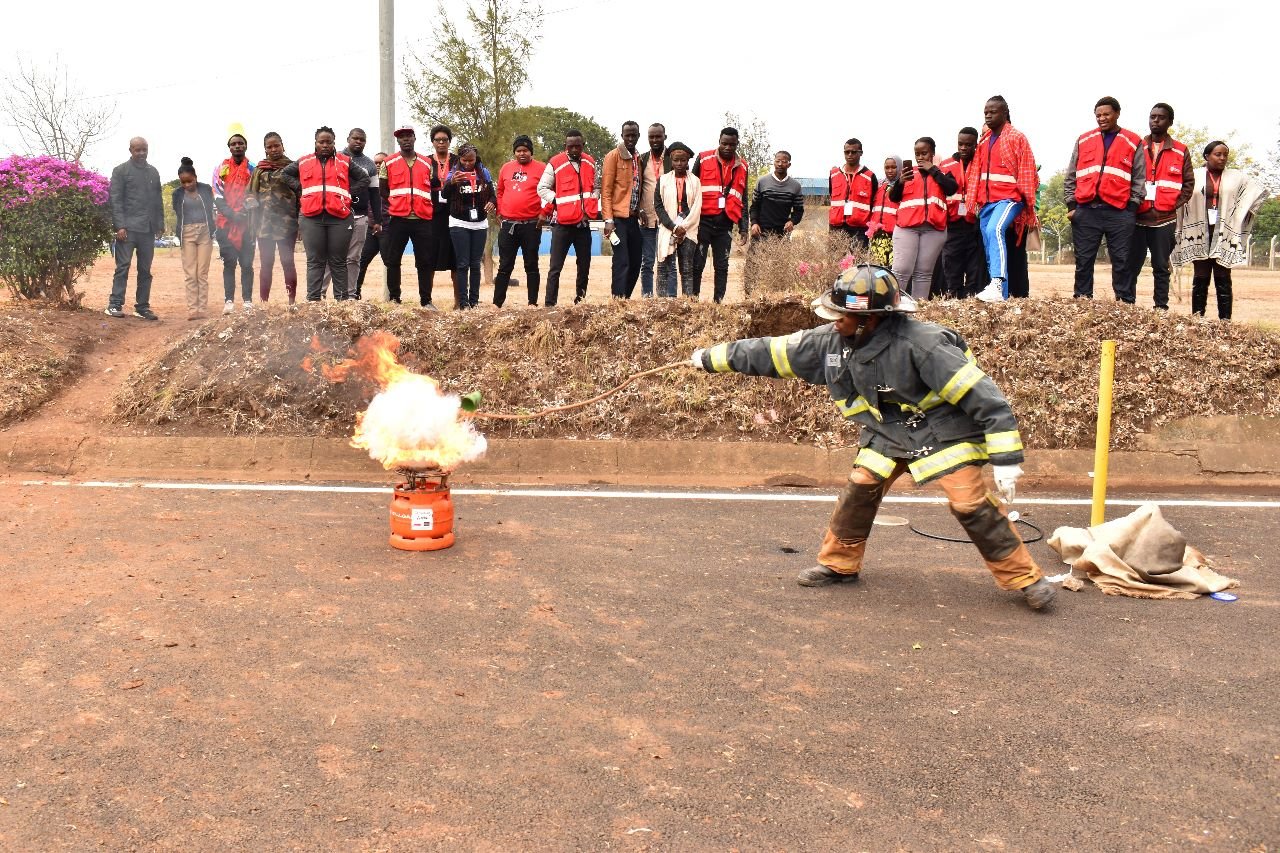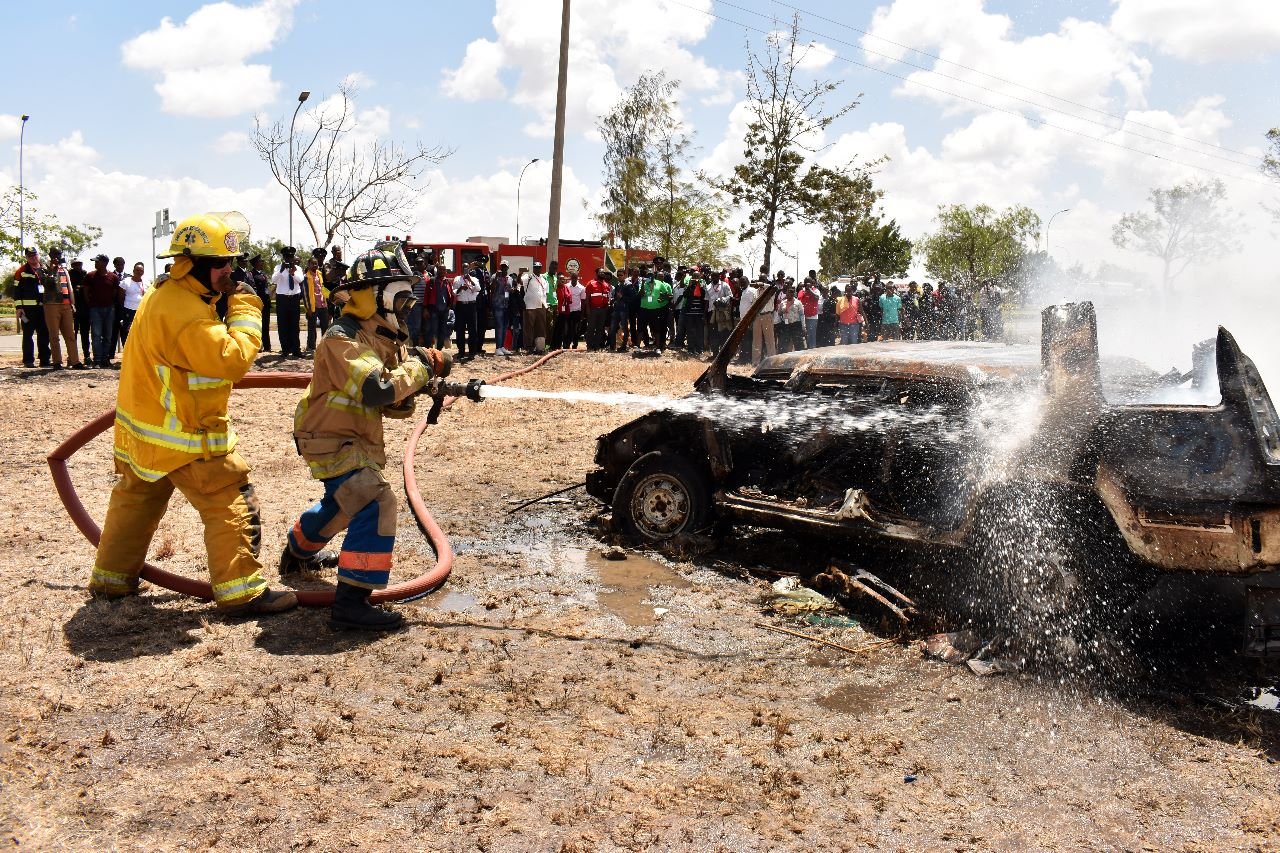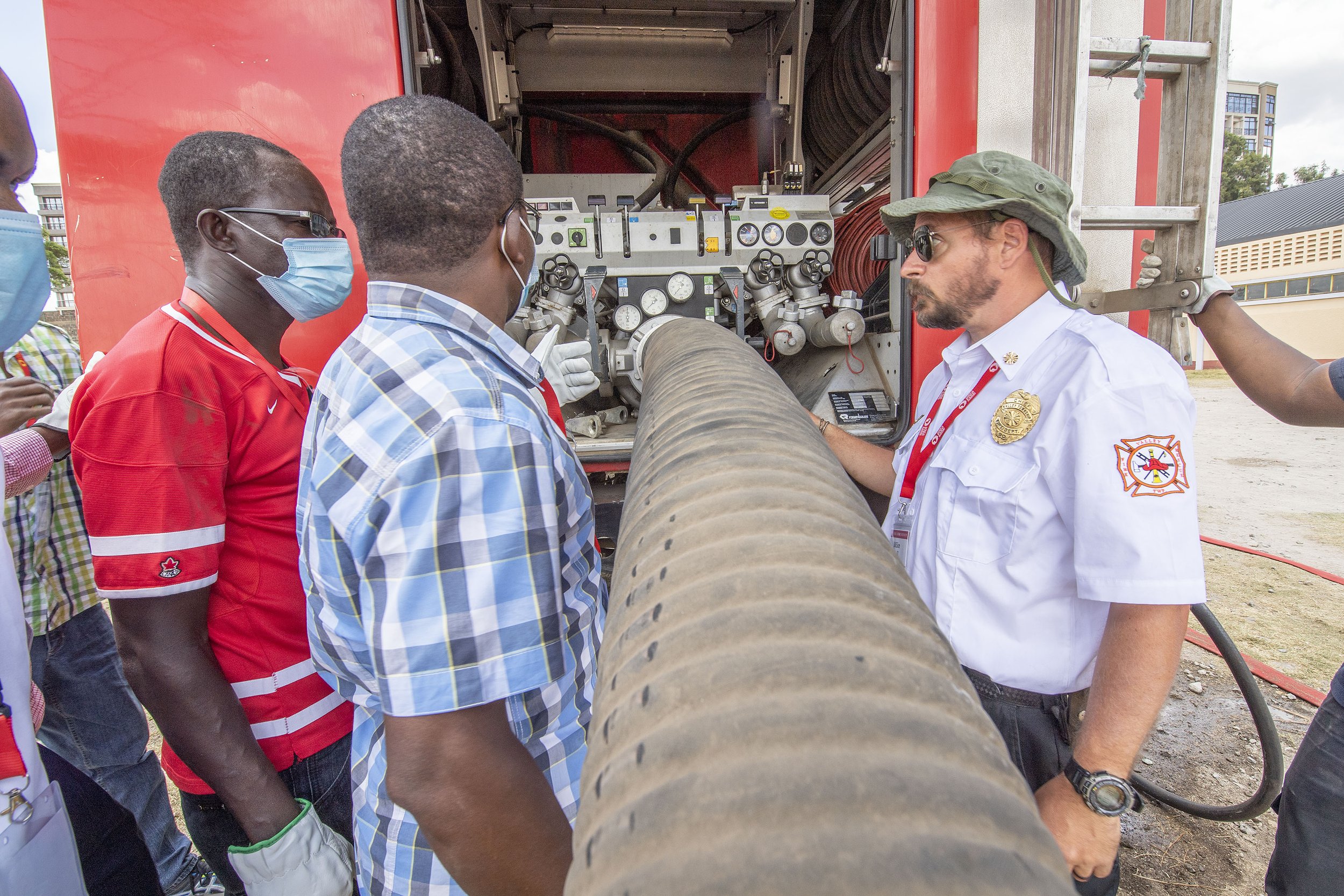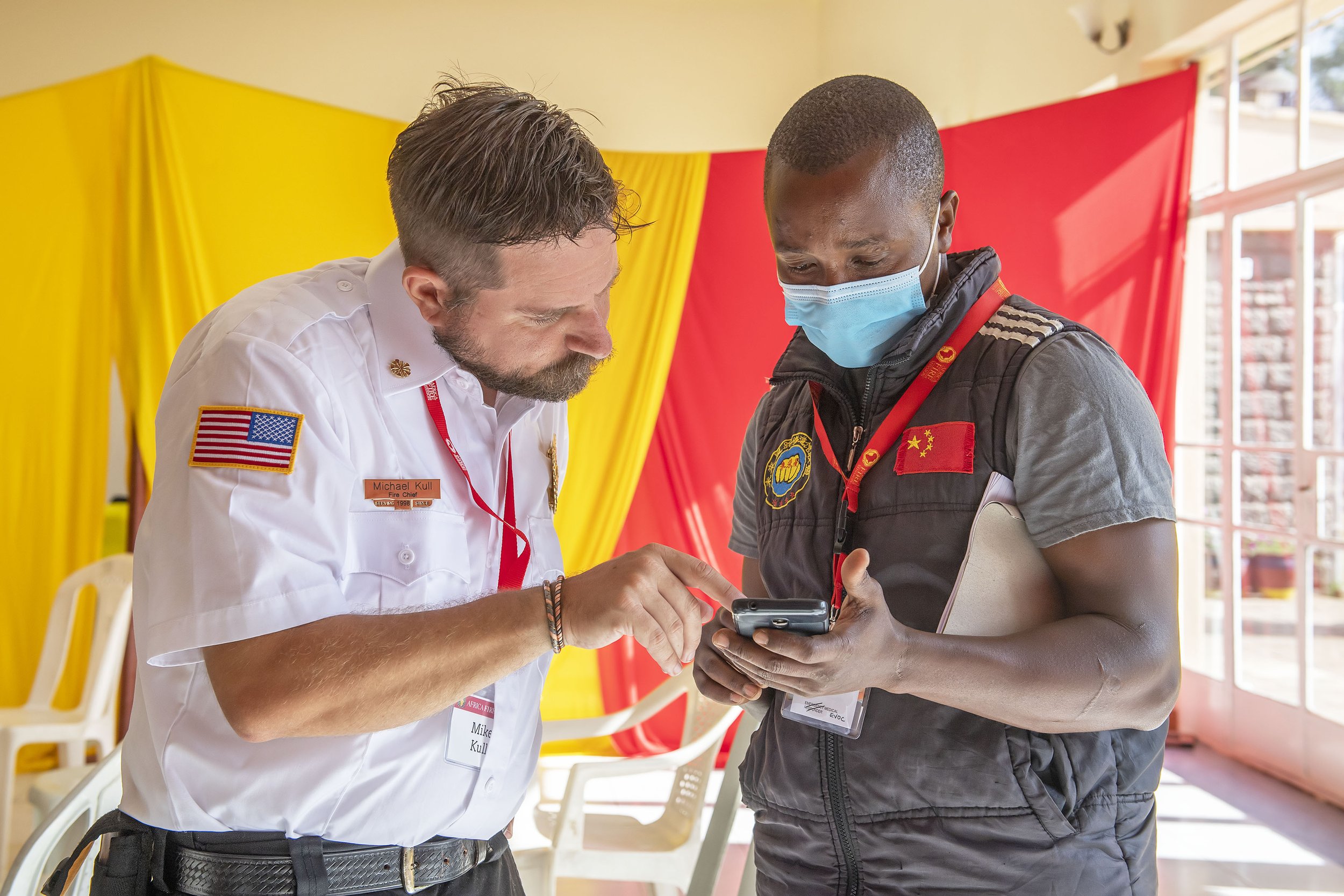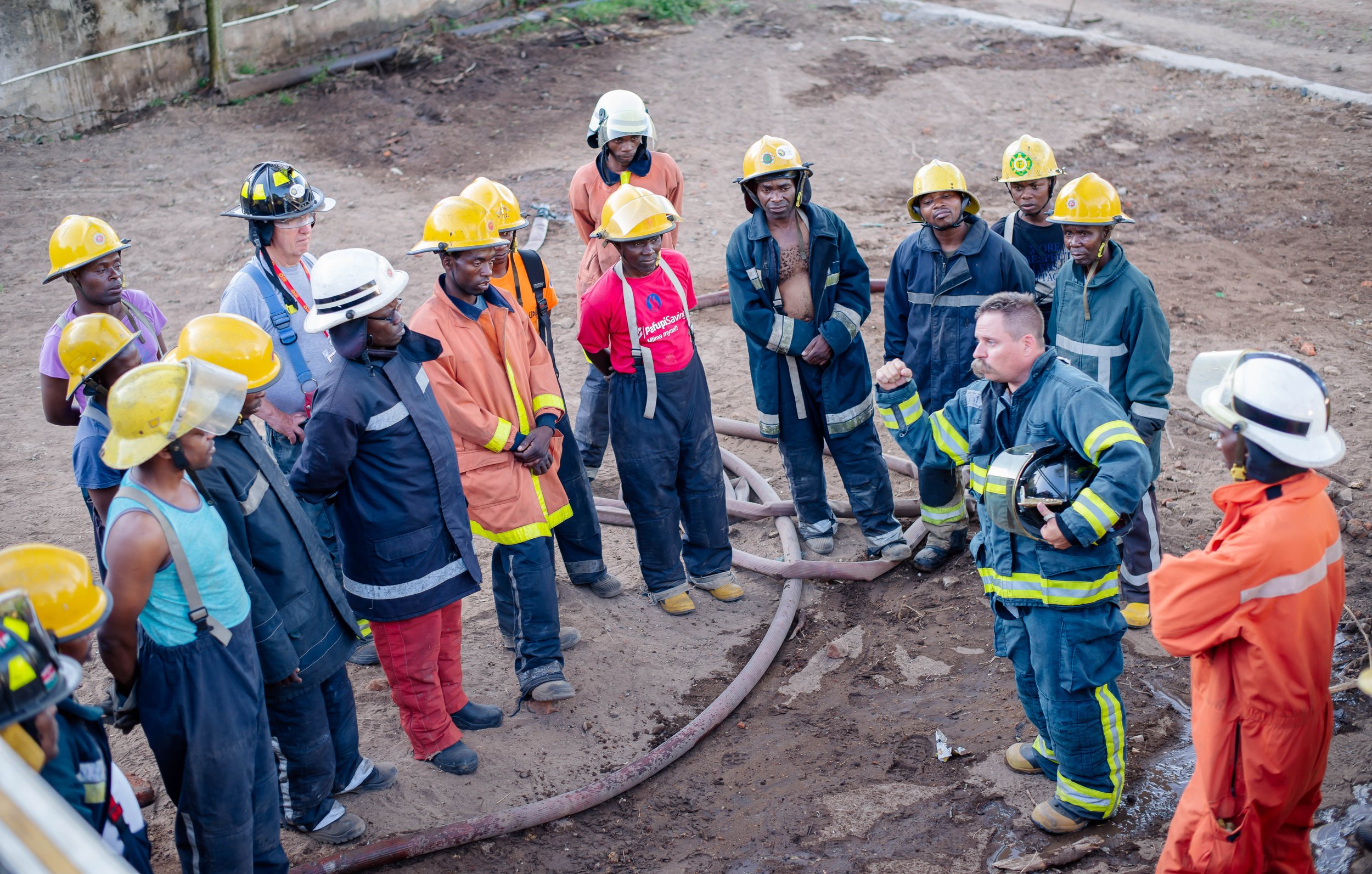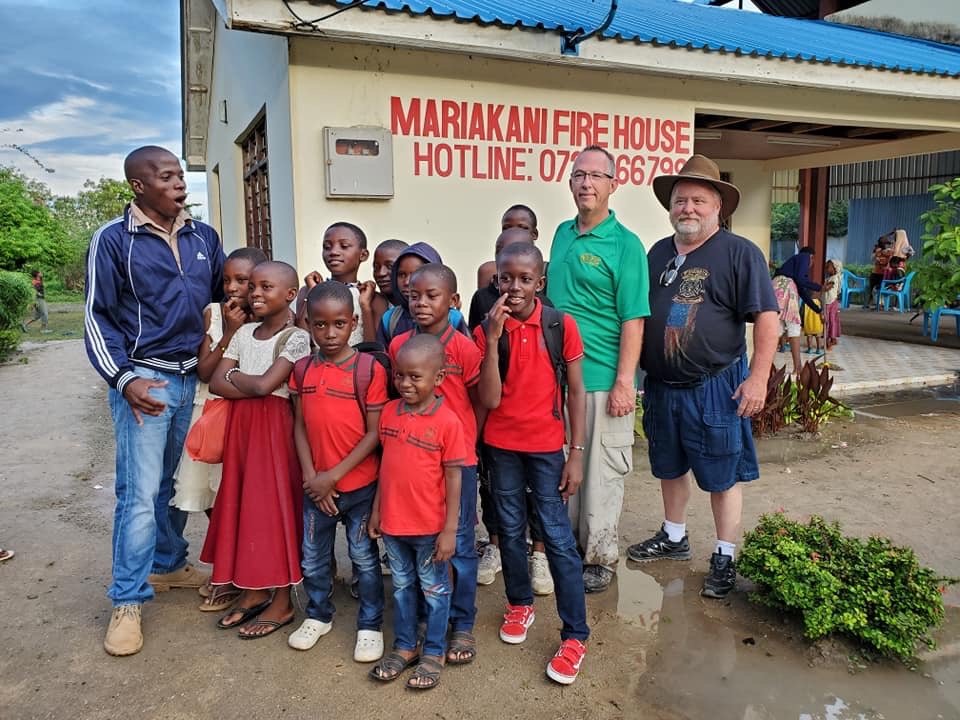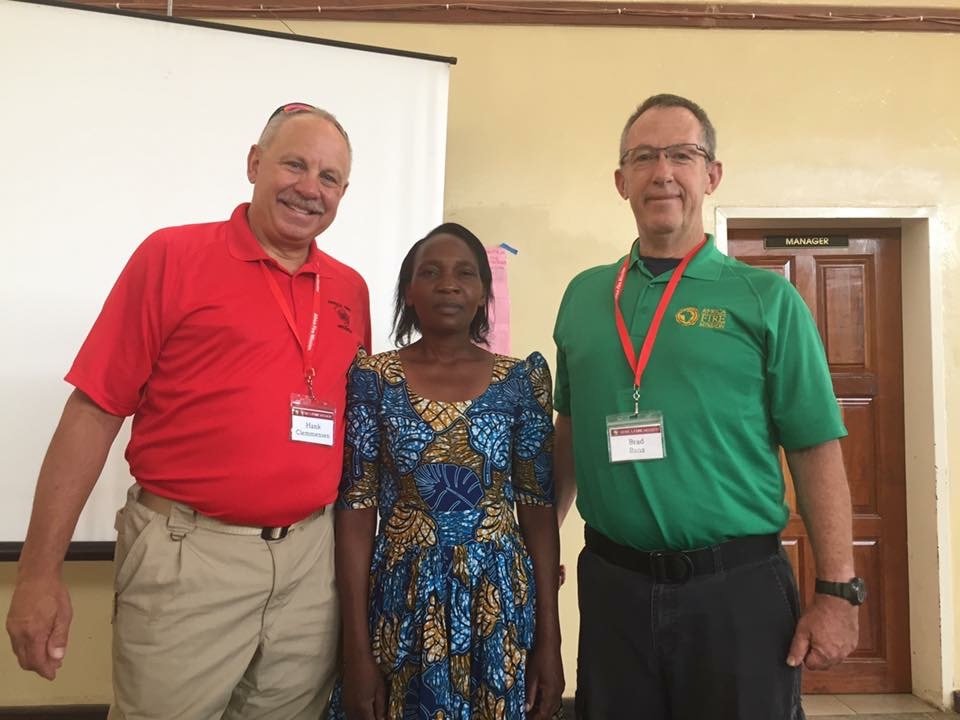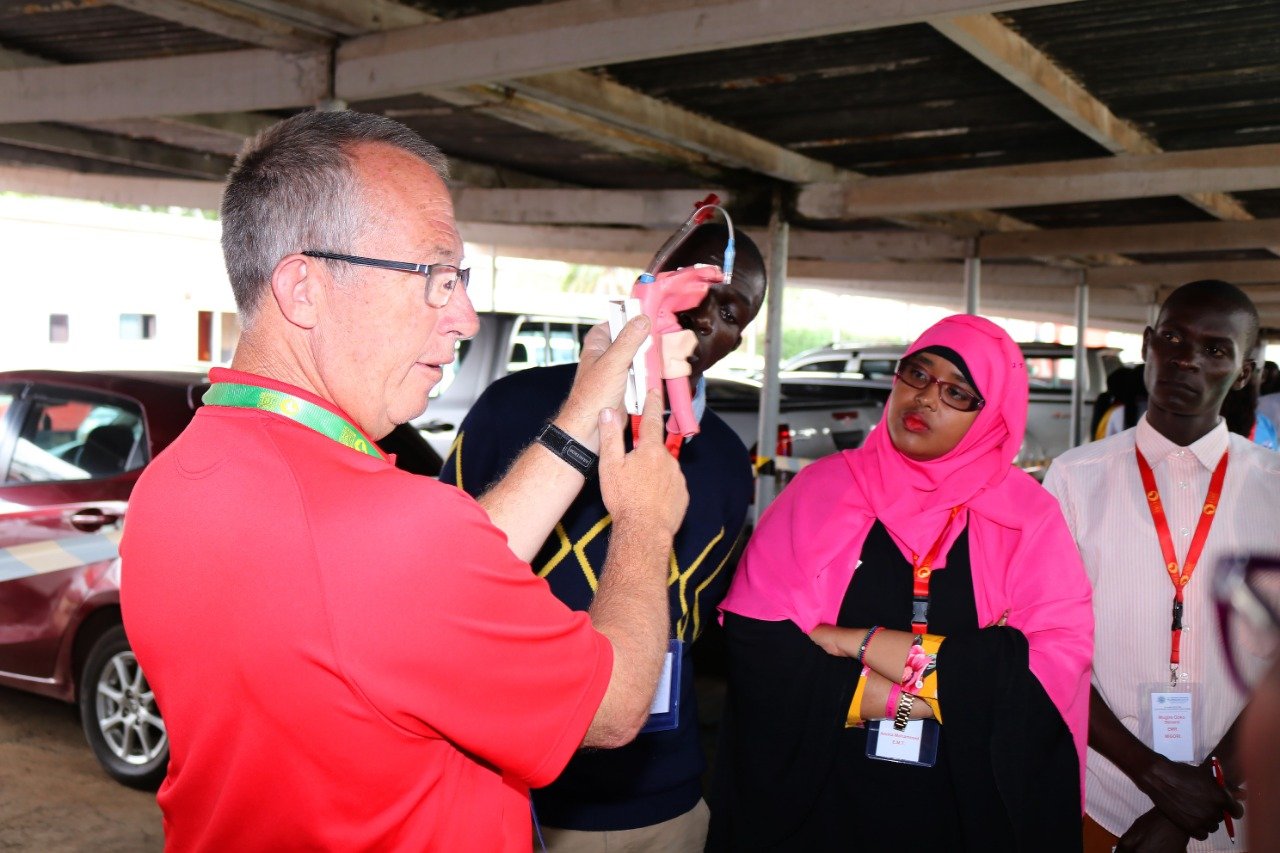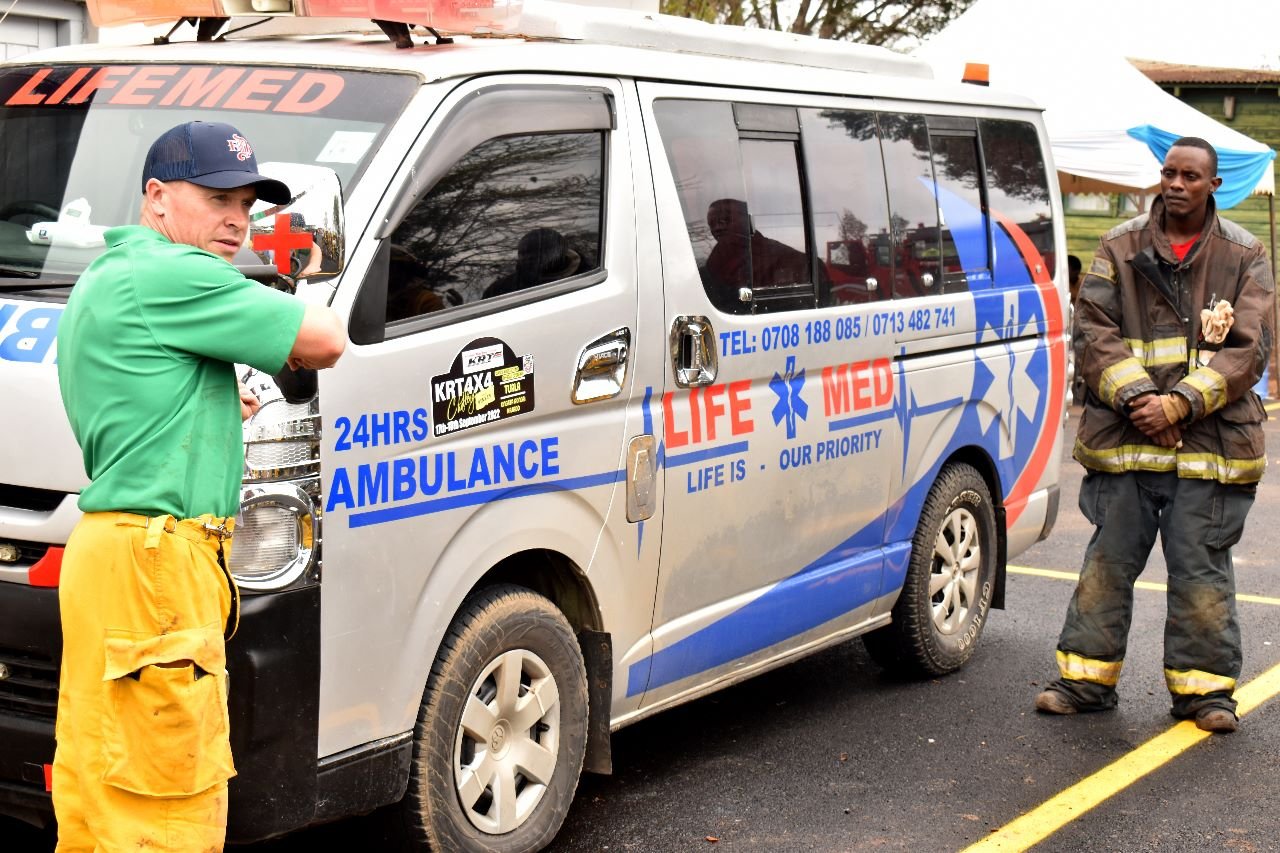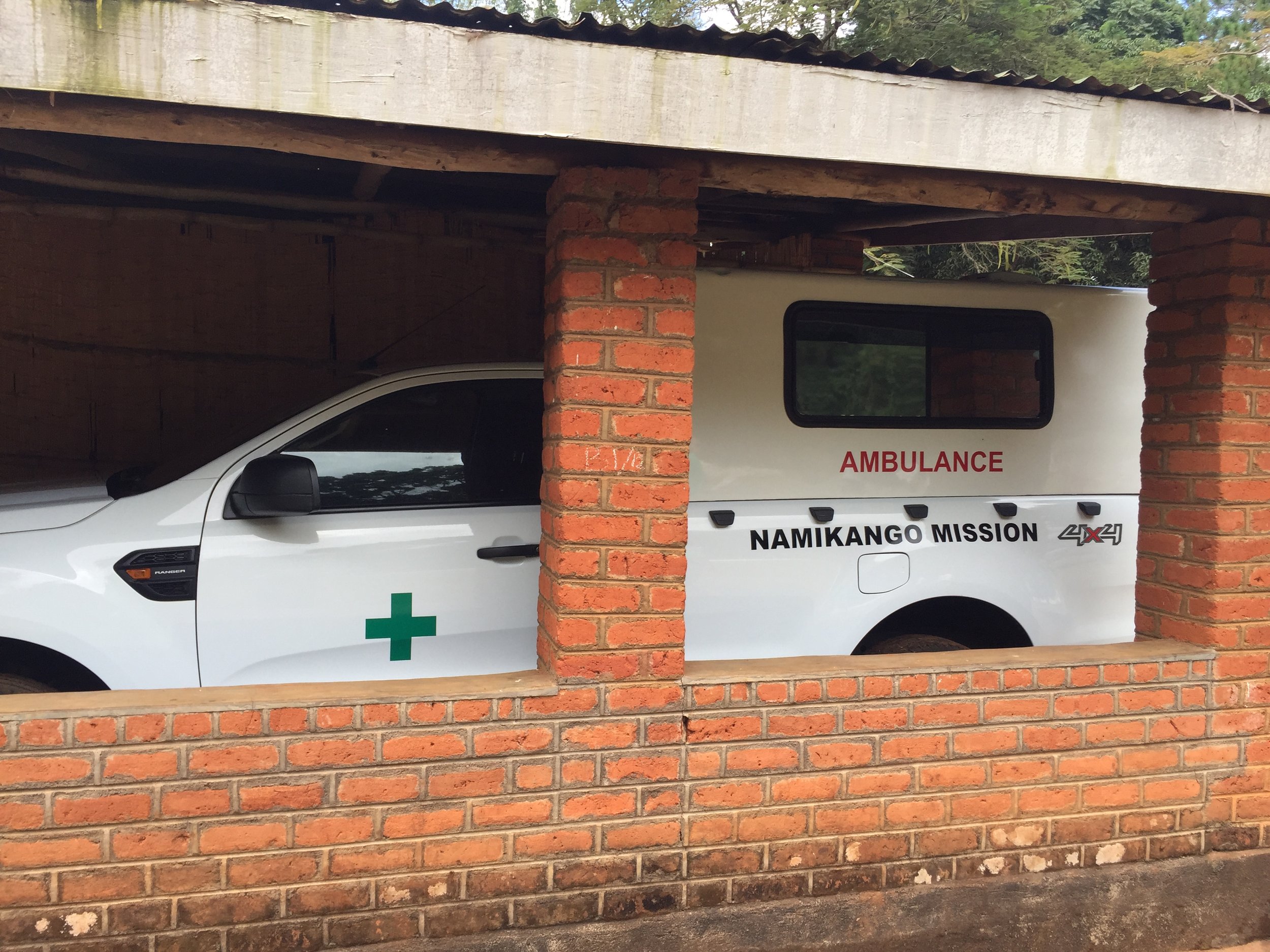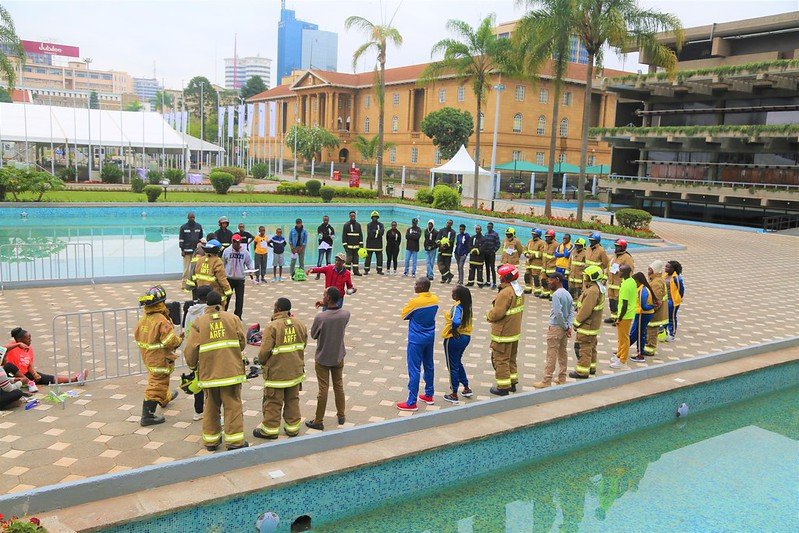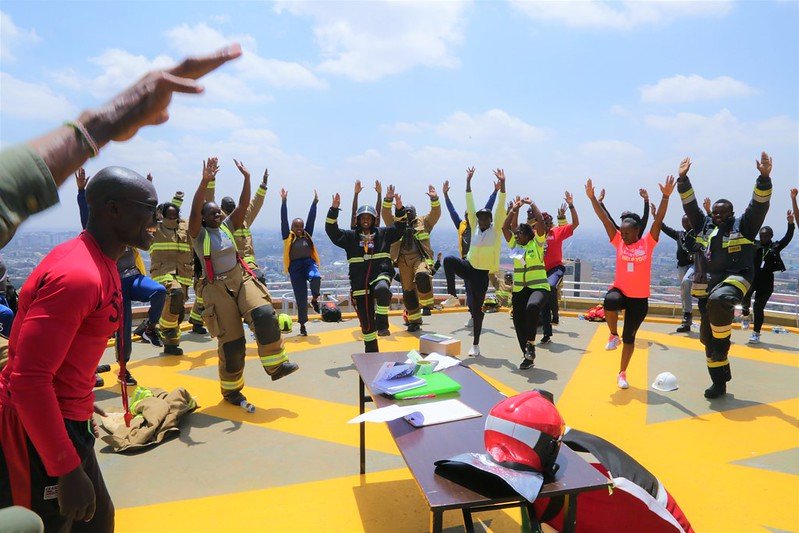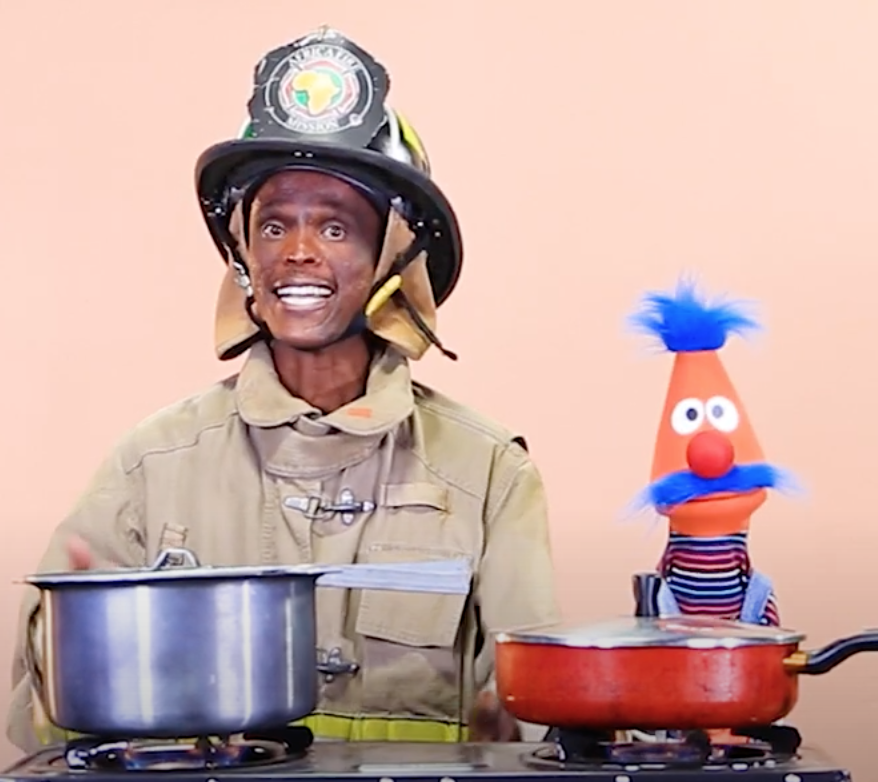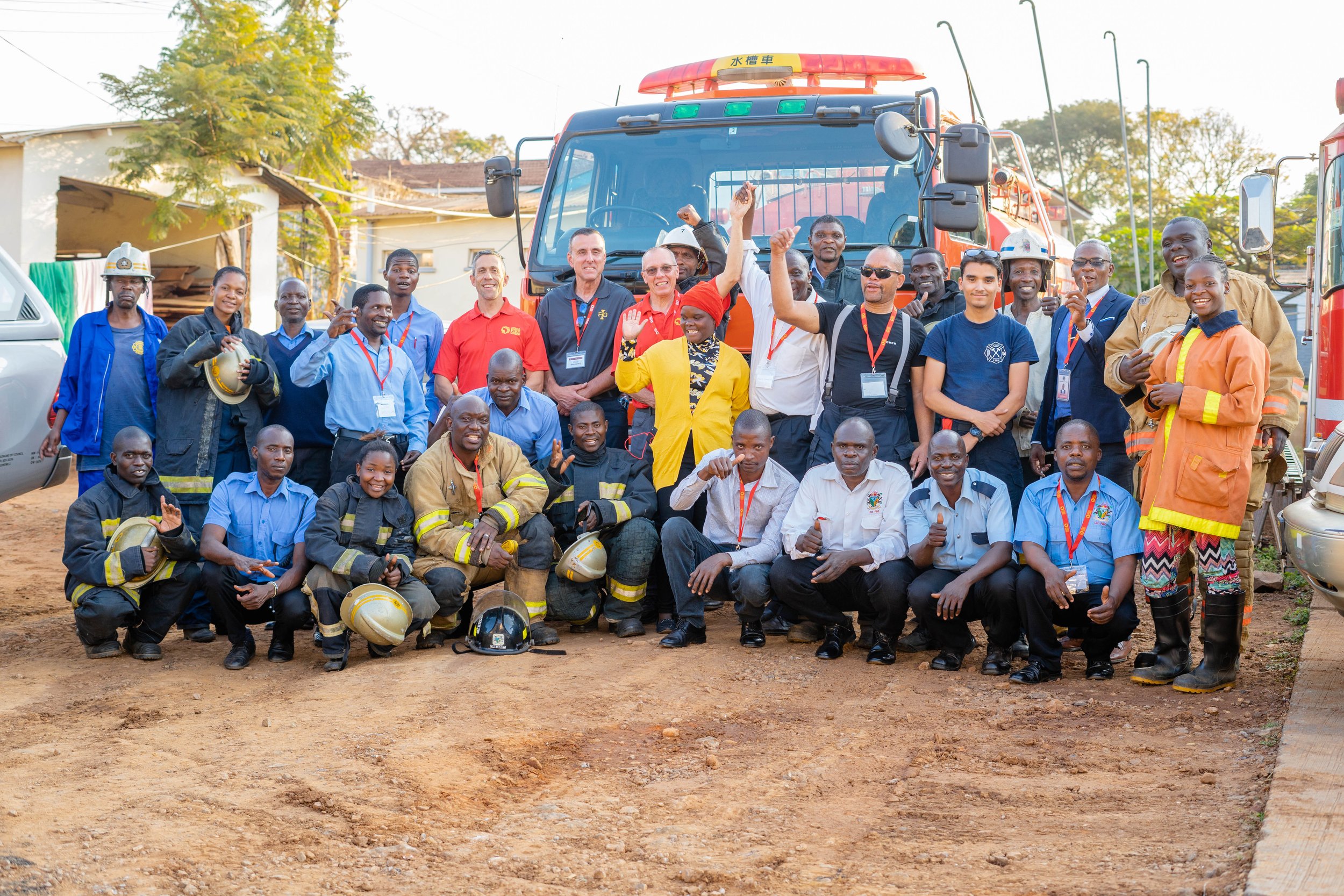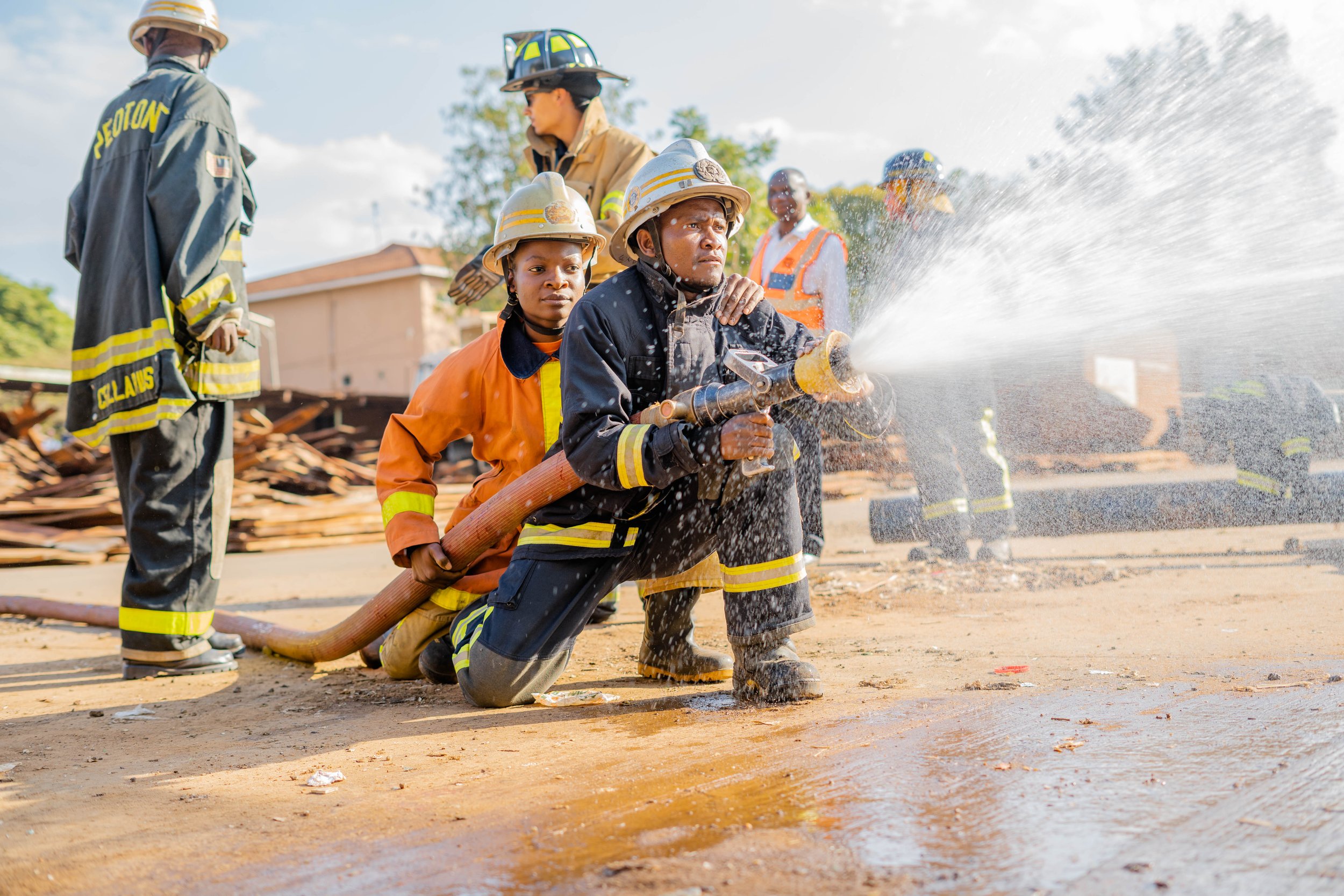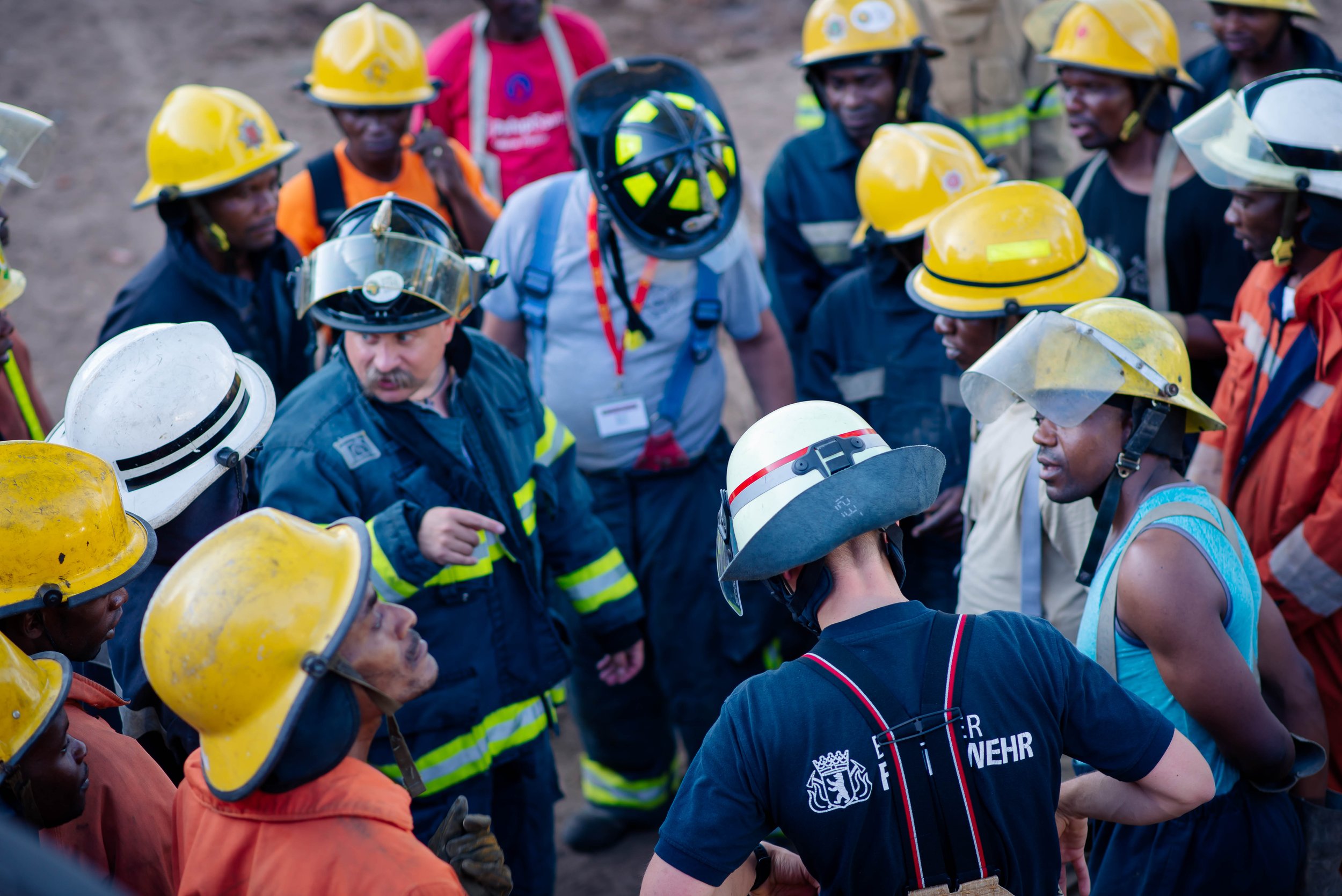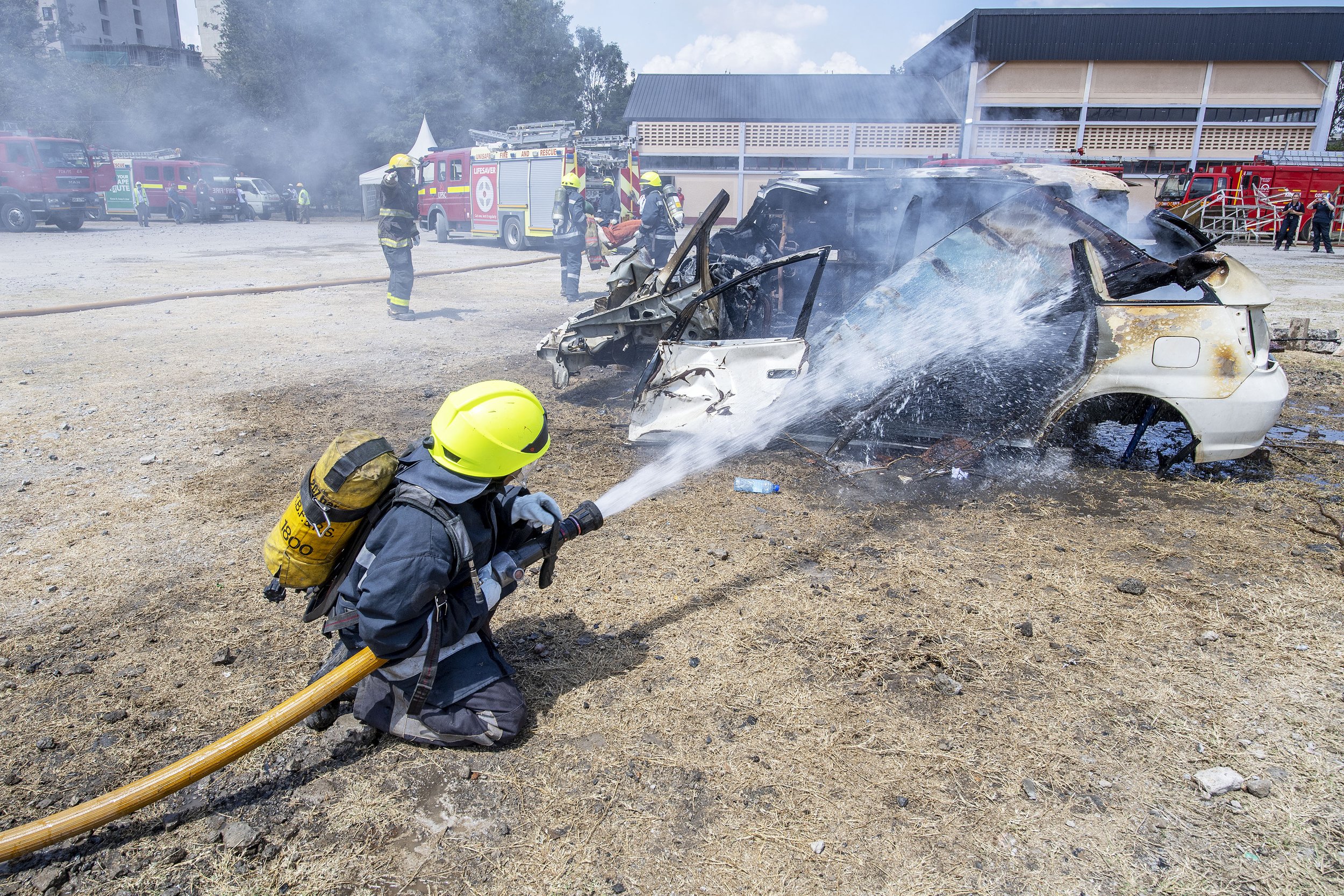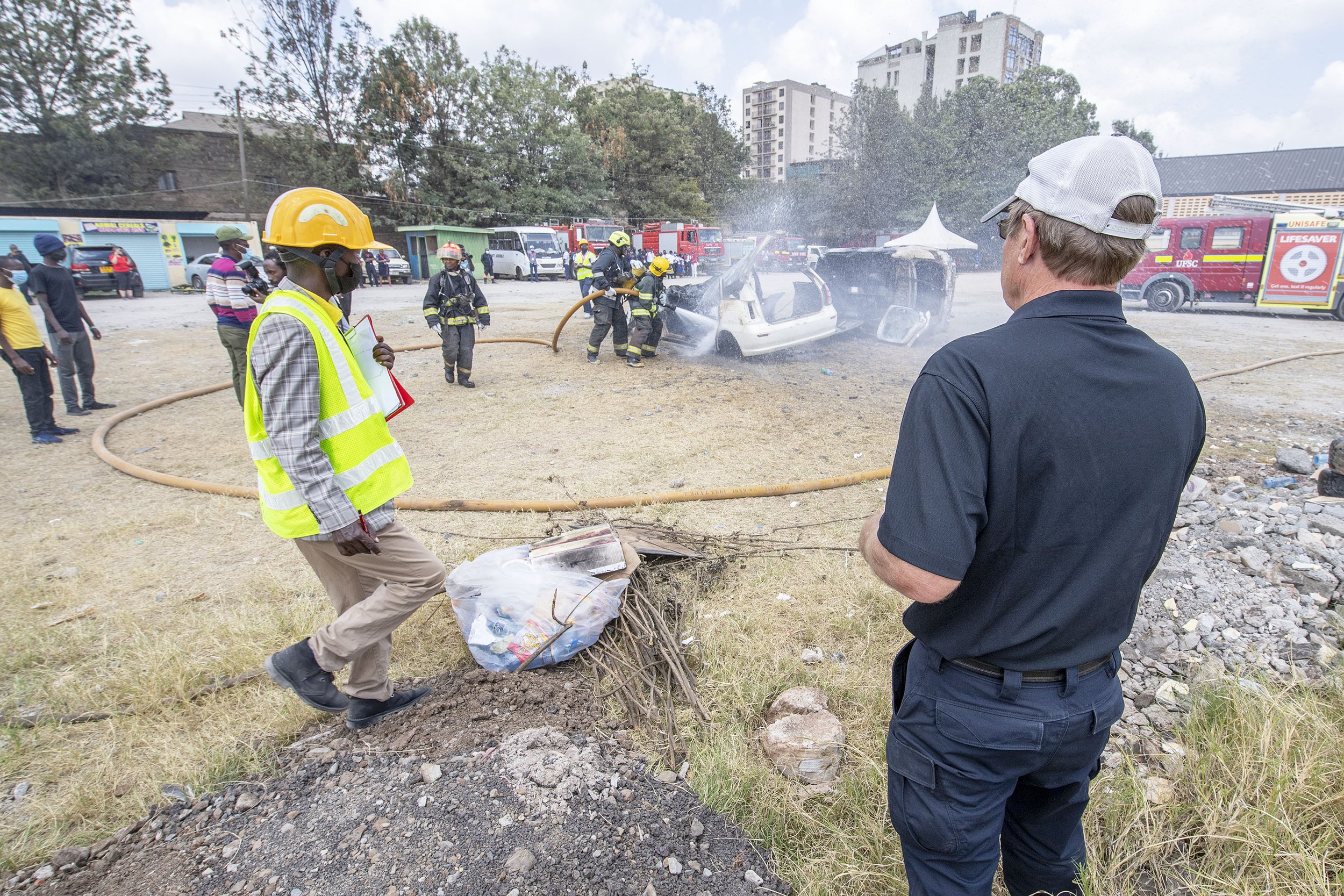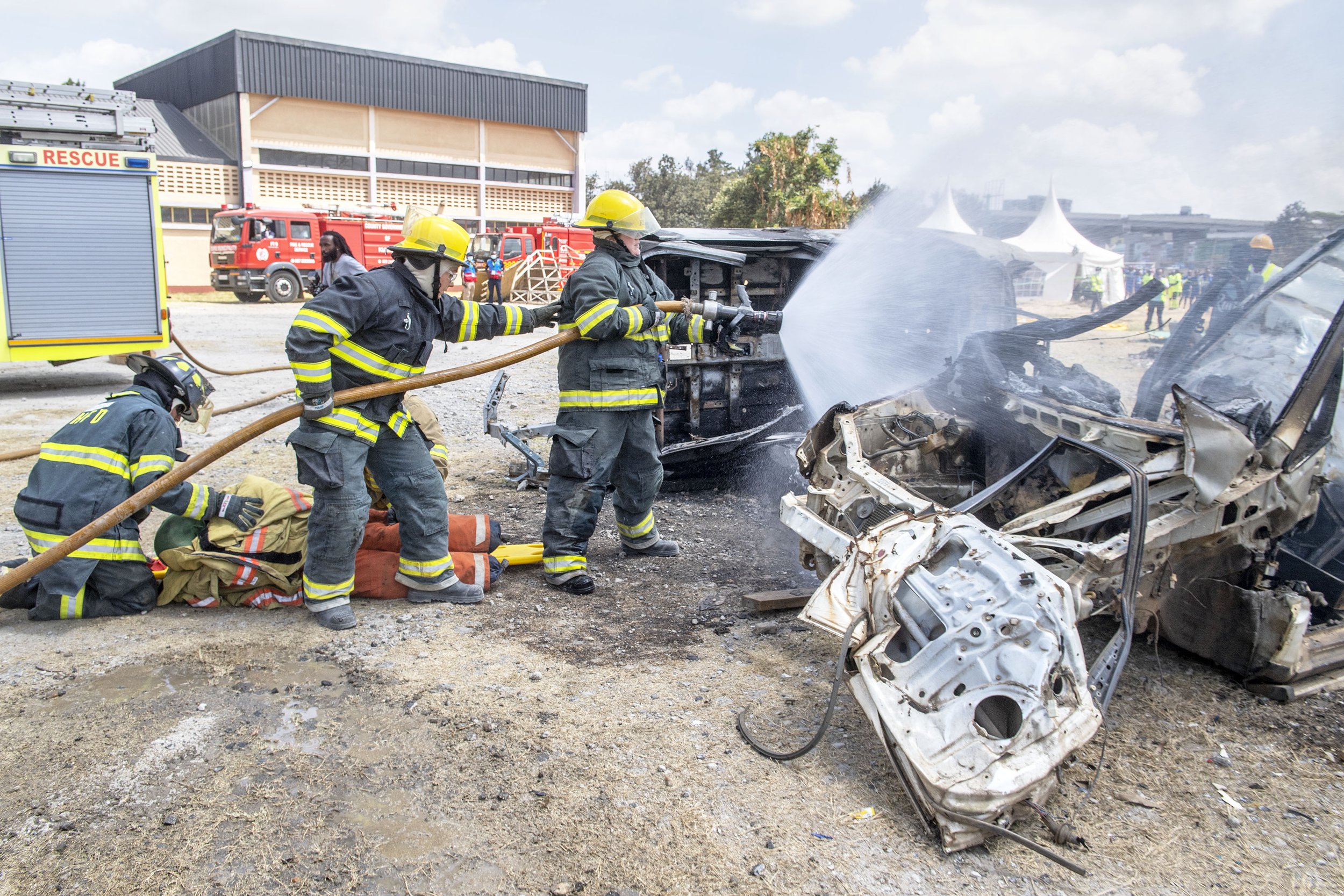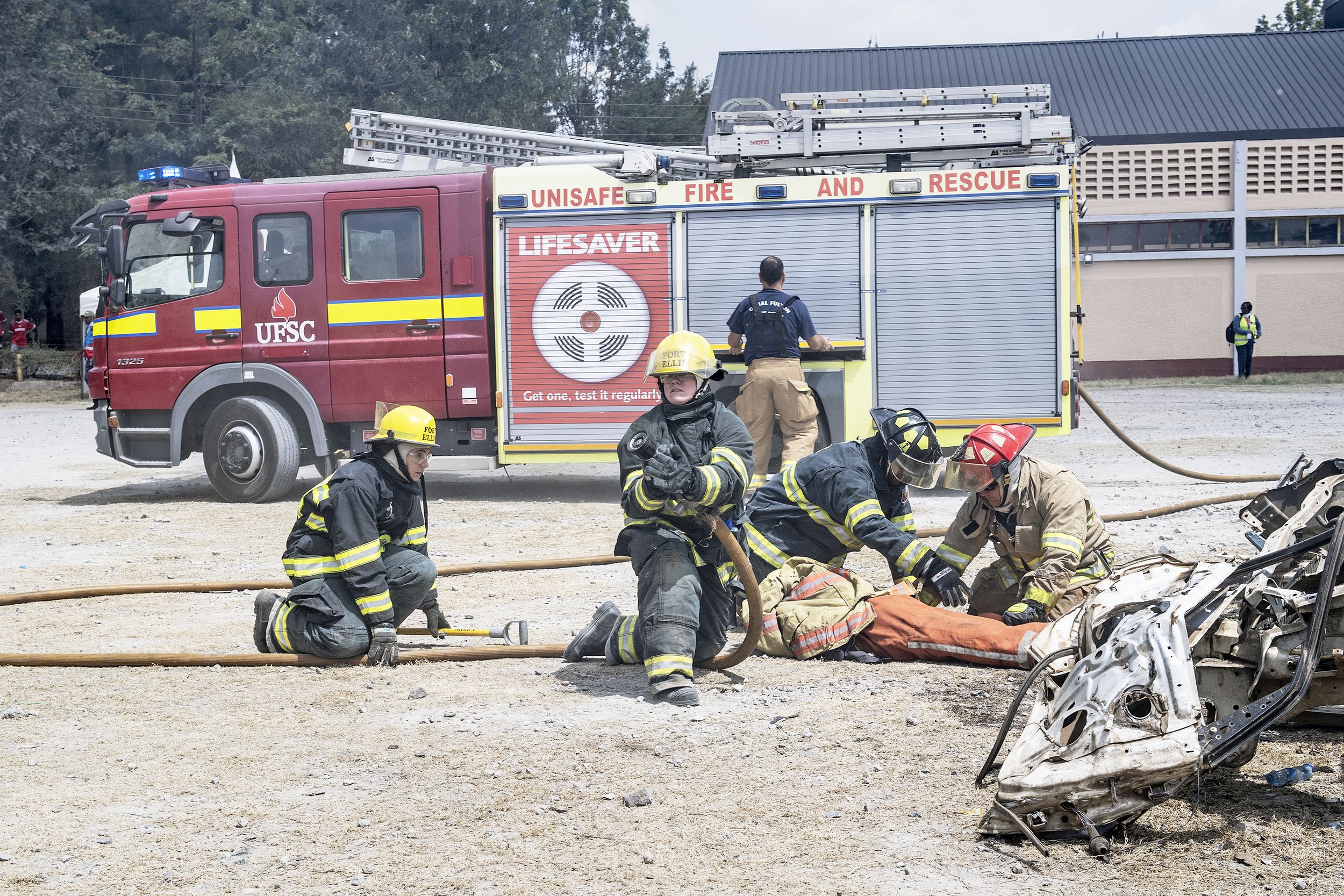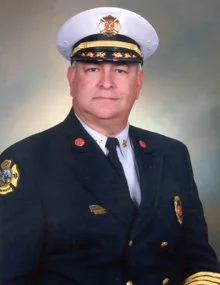Importance of Active & Passive Recovery for Firefighters
by Nick Higgins
Firefighters are athletes. Taking care of ourselves means not just getting evaluated by our primary care or department physician but truly embracing a healthy lifestyle. Being able understand your body and prepare your body is equally, if not more, important to ensure our personal protective equipment is in check, self-contained breathing apparatus bottles are topped off, and the apparatus is in working order. The rigors and demands of the job place a toll on our physical and mental well-being, and it is vital we prepare our body and mind for the work potentially ahead of us, not just for one shift or call but for an entire career.
Active Recovery
Active recovery is beneficial to the body and may help us recover faster after difficult workouts or strenuous activity. I recommend that this type of recovery be on shift day or the day before or after to allow the body to recuperate from any physical activity performed on off days and to provide your body with some type of active, low-intensity recovery during shift so your body does not go into complete relaxation mode while on call. Limit active recovery exertion to no more than 75% of your typical workout level. The 75% level is just enough to keep the muscles warm and not enough to induce muscle fatigue.
Before we outline a few methods to perform active recovery, here are some of the benefits it provides.
Reduction of lactic acid buildup in muscles.
Elimination of toxins.
Helps keep muscles flexible.
Reduction of soreness.
Increase in blood flow.
Helps keep an exercise routine.
Release of endorphins usually associated with regular exercise.
Here are a few methods of active recovery that are simple, yet highly effective:
Walking
Swimming
Cycling
Stretching
Passive Recovery
Passive recovery is a type of recovery that entails resting for considerable periods of time after strenuous activity. Unlike active recovery, with this type of recovery, your body is allowed total undisturbed rest to repair muscle damage and recuperate.
Proper passive recuperation is necessary for firefighters who are sick, are injured, or need physical and mental relaxation. For firefighters, rest is highly important and needed to perform at an optimal level. Rest has physiological and psychological benefits.
A healthy and optimal life is all about finding the right balance. From a 24-hour shift to 48 hours off in most cases, it is critical to take a day in between every now and then to relax and balance out the body.
By allowing the body to rest and avoid weariness of the muscles, it is allowing the body’s glycogen stores to refill, therefore attributing to the enhancement in muscle recovery. While exercise depletes your body’s energy stores or muscle glycogen, leading to muscular tissue breakdown, adequate rest helps your body correct this problem by restoring muscle glycogen, balancing blood flow, and rebuilding damaged tissue.
Here are a few methods of passive recovery that are simple, yet highly effective:
Sleep
Rest
Hydration
Massage Therapy
How to Use Recovery in Your Regimen
Adding active recovery into your training sessions can be done in two methods, and both are greatly beneficial to your recovery. The first is to add it into your current training session as soon as it has been completed, as a cool-down approach. This is where you will allow your body to ease itself out of your workout, allowing your heart rate and breathing to return to their normal states and reducing the amount of lactate in your blood. The lactate in your blood is an organic acid made by tissue and red blood cells in your muscles, which is what causes the muscle burn felt during exercise. This is the same approach as if you were driving your car and approaching a red light. Instead of slamming on the brakes to make the stop, you gently ease on the brakes for a gradual stop at the light. This same method applies to cooling down after a workout with respect to your heart rate and breathing, by going for a light walk or jog or adding in some dynamic and static stretches and yoga poses. The other option for active recovery is to incorporate this as a full active recovery day and implement the methods listed above as active recovery for the day, through swimming, walking, or yoga to name a few.
Both forms of recovery are crucial within your training cycle regimen to allow your body to find its balance repeatedly as you progress in your training. I highly recommend incorporating cool-down recovery, especially after high-intensity workouts and after fireground training sessions, for optimal recovery of the heart and body with at least one recovery day (active and passive) each week for maximum recovery and performance. In the end, listen to your body and what it is telling you. After all, it is the only place we truly have to live.
Nicholas J. Higgins is a firefighter and district training officer for Piscataway Fire District #2 in Piscataway, New Jersey. He is a New Jersey State Level 2 Fire Instructor, a National Fallen Firefighters Foundation state advocate, and a member of the Board of Directors for the 5-Alarm Task Force—a 501 (c) (3), non-profit organization. Nick is also the founder and a contributor of The Firehouse Tribune website and has spoken at various fire departments and fire conferences nationwide. He is the author of both “The 5-Tool Firefighter,” a book that helps firefighters perform at their highest level and the companion book, “The 5-Tool Firefighter Tactical Workbook” along with being the host of “The 5-Tool Firefighter Podcast”.

